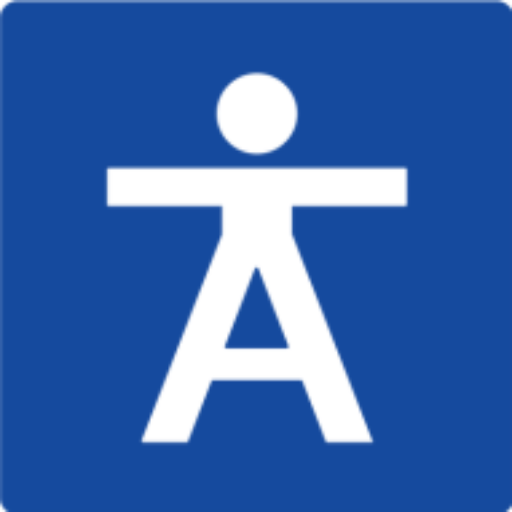In today's digital world, accessibility is essential to ensure that everyone can fully enjoy the online experience. However, we often associate digital accessibility only with people with permanent disabilities. But what about those who experience limitations temporarily or in specific circumstances?
Imagine this: a deaf person struggling to understand a video. Now, transfer that experience to a noisy environment, where even listeners find it difficult to grasp the content. Isn't it amazing how one limitation can resonate in different situations?
The same goes for the challenge of aiming accurately at a screen, as faced by a person with Parkinson's. This difficulty is not so different from what an older person may face when trying to maneuver a mouse deftly.
That's why digital accessibility is not only a matter of inclusion, but also of convenience and usefulness for a wide range of users.
These examples illustrate how the limitations faced by people with permanent disabilities can be reflected in temporary or situational experiences for other users:
For Visual Limitations:
-
- Permanent:
- Blindness: Facilitate voice interaction.
- High myopia: Allow zooming on the screen.
- Color blindness: Sufficient contrast.
- Temporary:
- Cataracts, Conjunctivitis: Allow zooming on the screen.
- Glare from strong lights: Sufficient contrast.
- Situational:
- Do not look at the screen, like when driving a car: Facilitate voice interaction.
- Darkened mobile screen due to low battery: Sufficient contrast.
- Permanent:
For Hearing Limitations:
-
- Permanent:
- Deafness: Subtitled.
- Temporary:
- Not understanding the language well: Subtitled.
- Situational:
- Noisy environment: o Subtitling a video, a quiet one, like a library: Subtitling.
- Permanent:
For Mobility Limitations:
-
- Permanent:
- Spasticity, loss of an arm, Parkinson's, osteoarthritis: Enough size for one hand.
- Temporary:
- Sprain, tendinitis, carpal tunnel syndrome: Enough size for one hand.
- Situational:
- Using the cell phone with one hand while the other is used to hold on to the bus: Sufficient size for one hand.
- Permanent:
For Attention and Concentration Difficulties:
-
-
-
- Permanent:
- Autism, attention deficit hyperactivity disorder: Simplify the presentation of information.
- Temporary:
- State of anxiety, Low educational level, low language proficiency: Simplify the presentation of information.
- Situational:
- Perform another activity, such as babysitting while viewing mobile content: Simplify the presentation of information.
- Perform another activity, such as babysitting while viewing mobile content: Simplify the presentation of information.
- Permanent:
-
-
At Accesia Solutions, We understand the importance of addressing these needs comprehensively. Our approach is not limited to solving specific challenges, but extends to creating digital experiences that are truly universal and accessible to everyone, at any time and in any situation.

